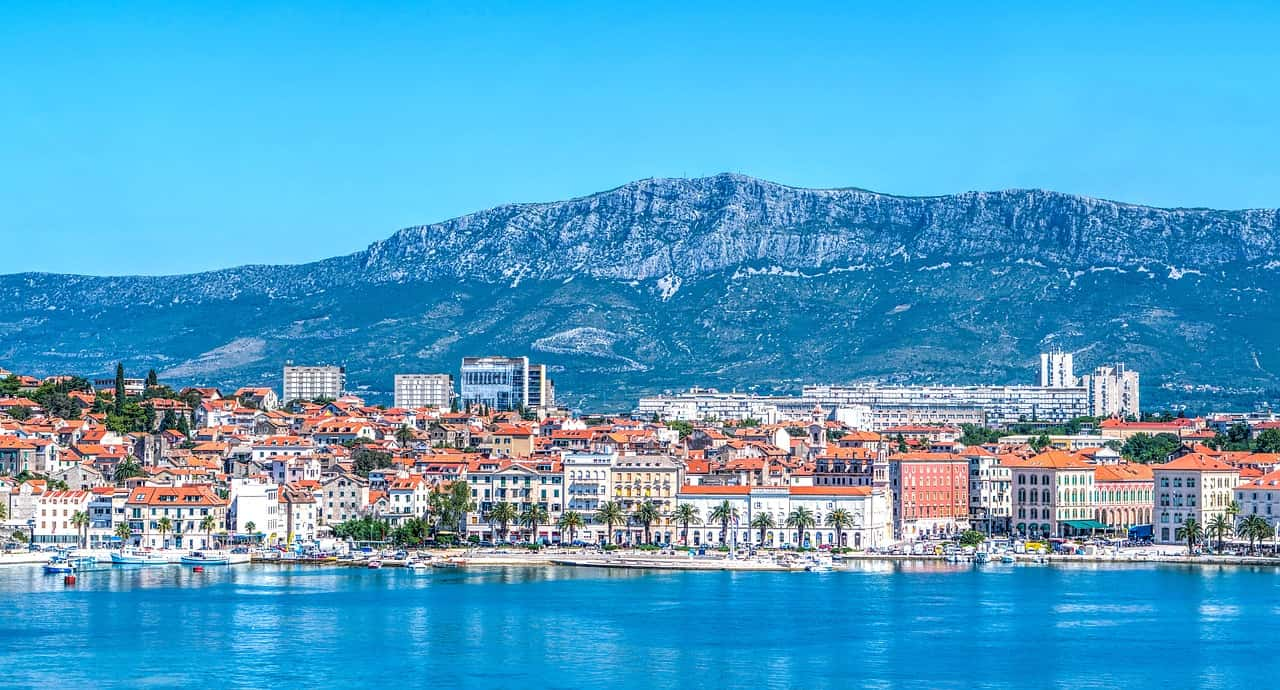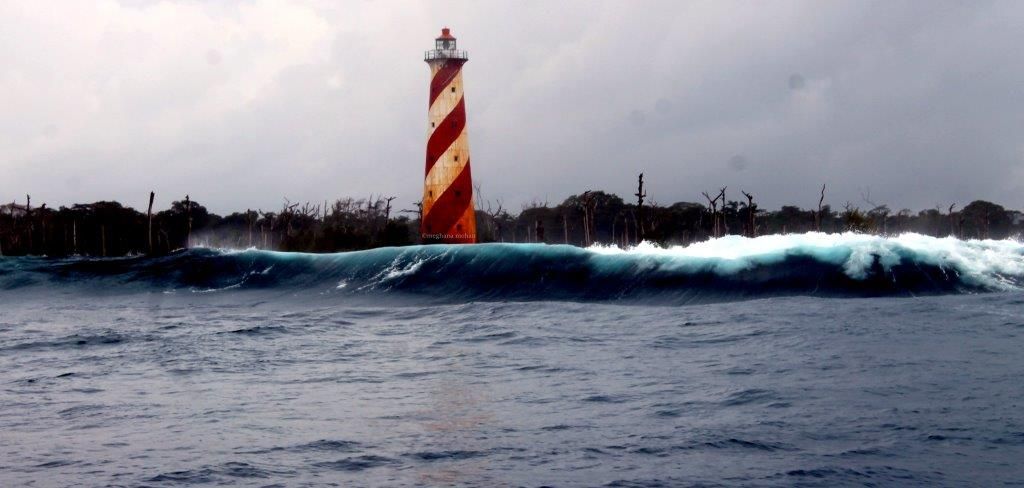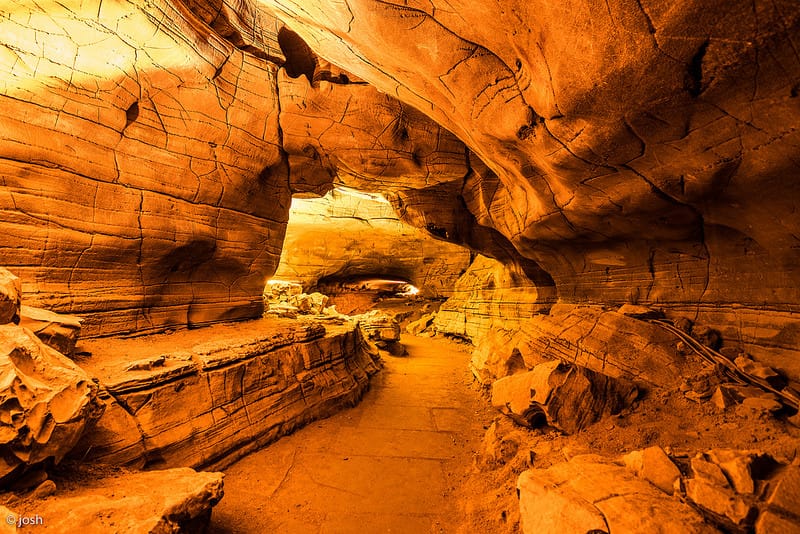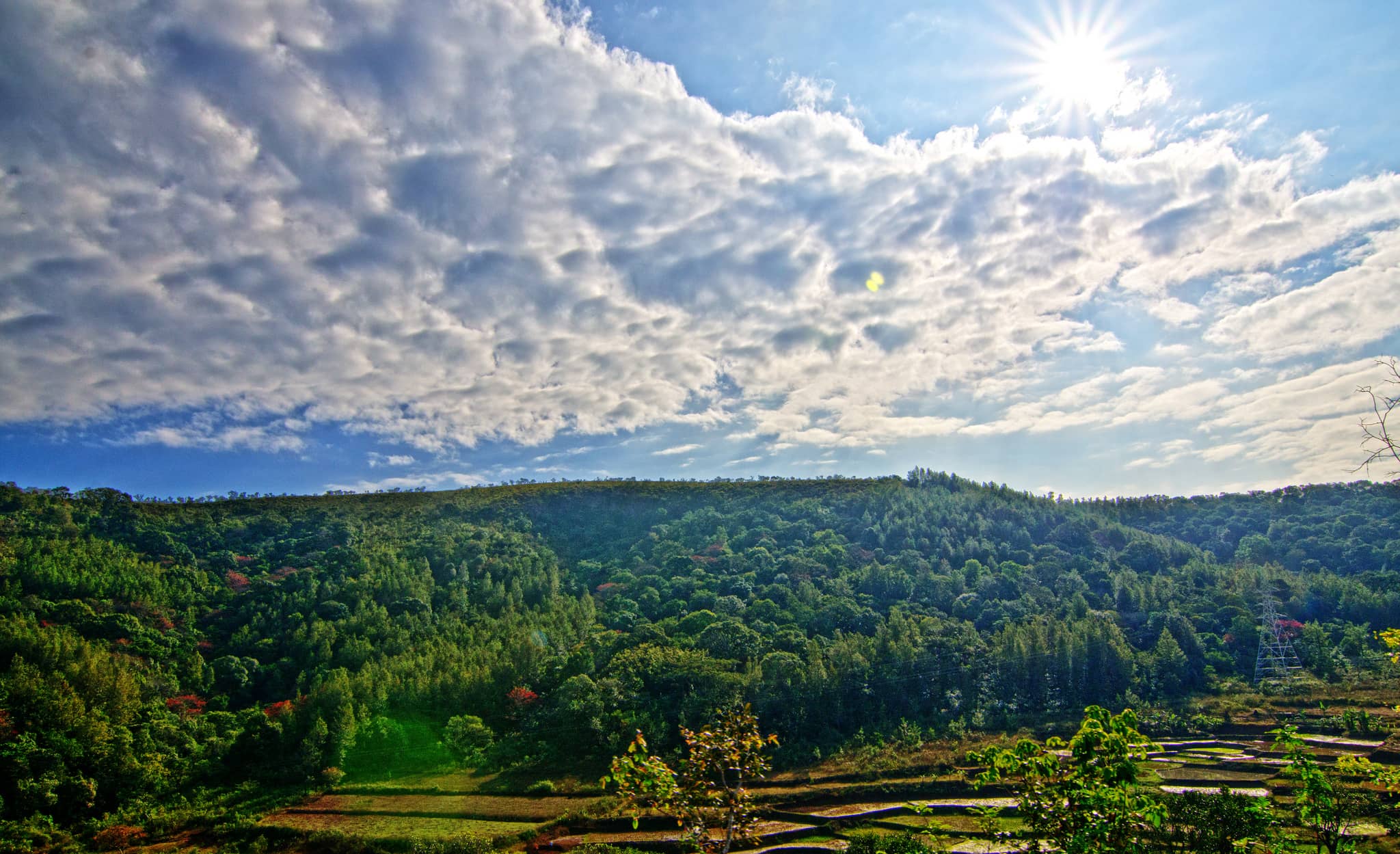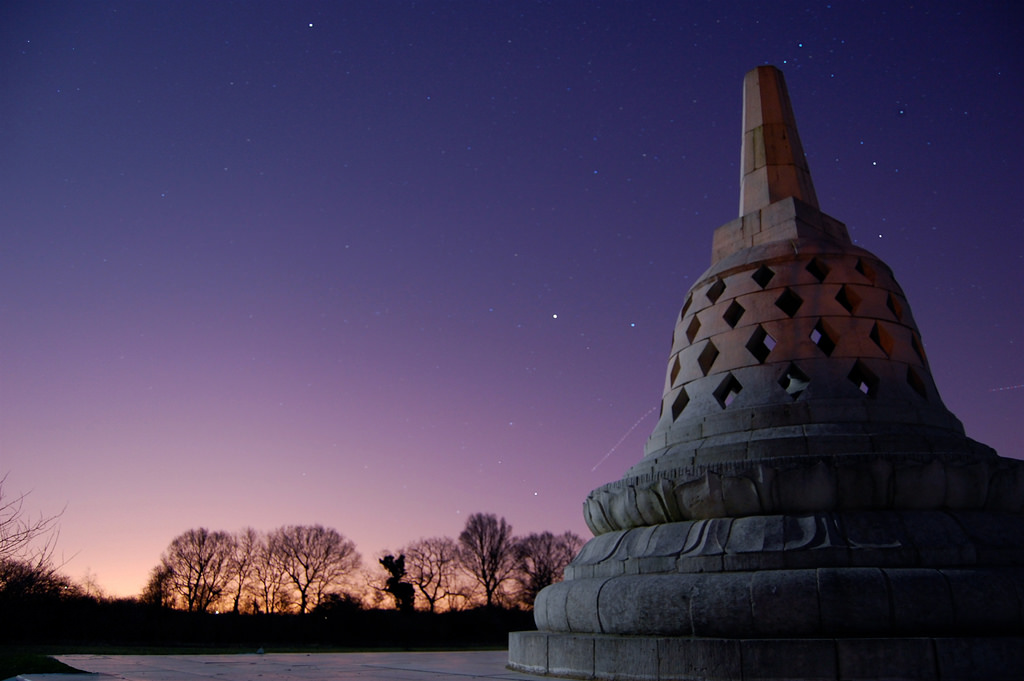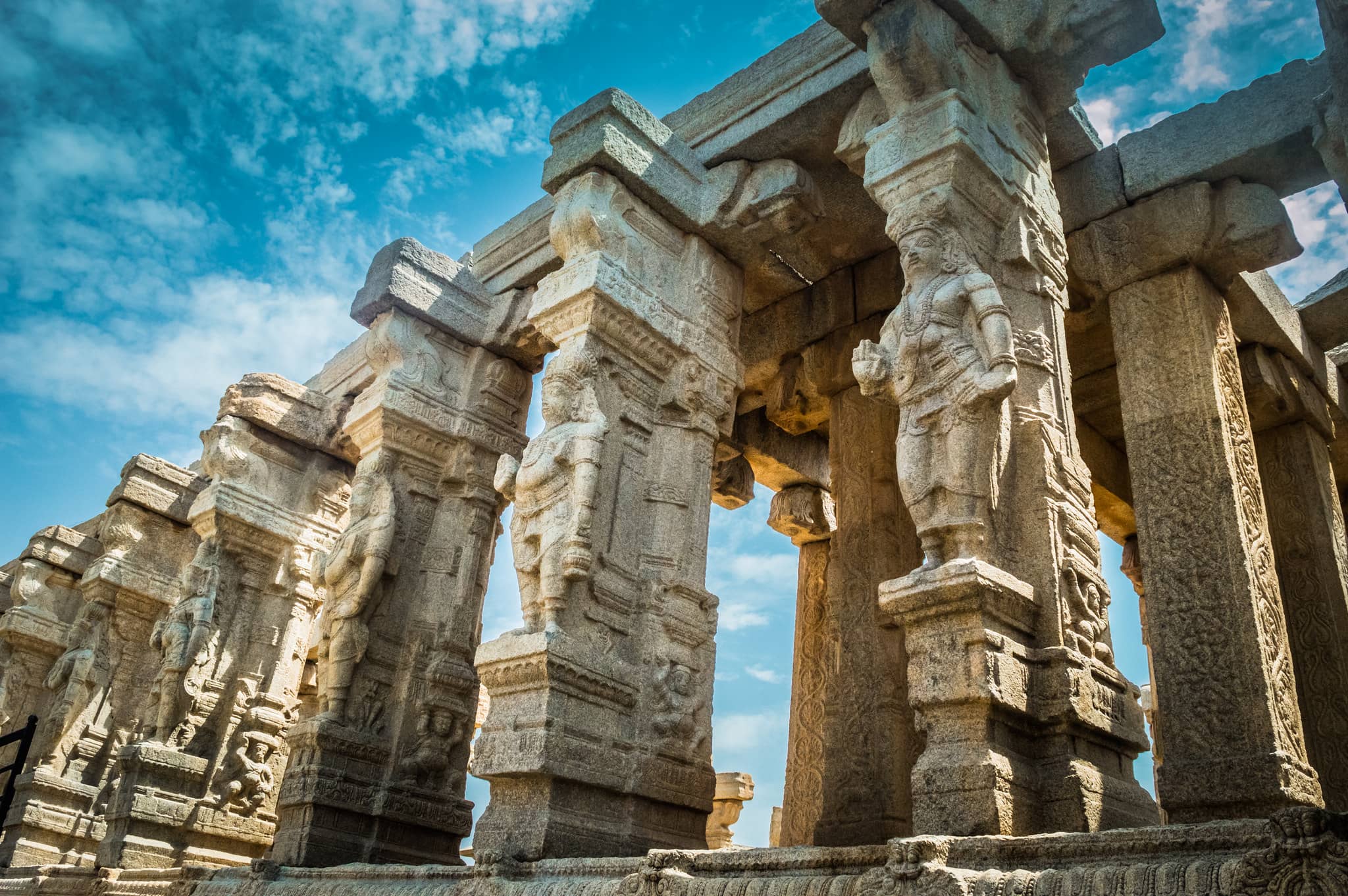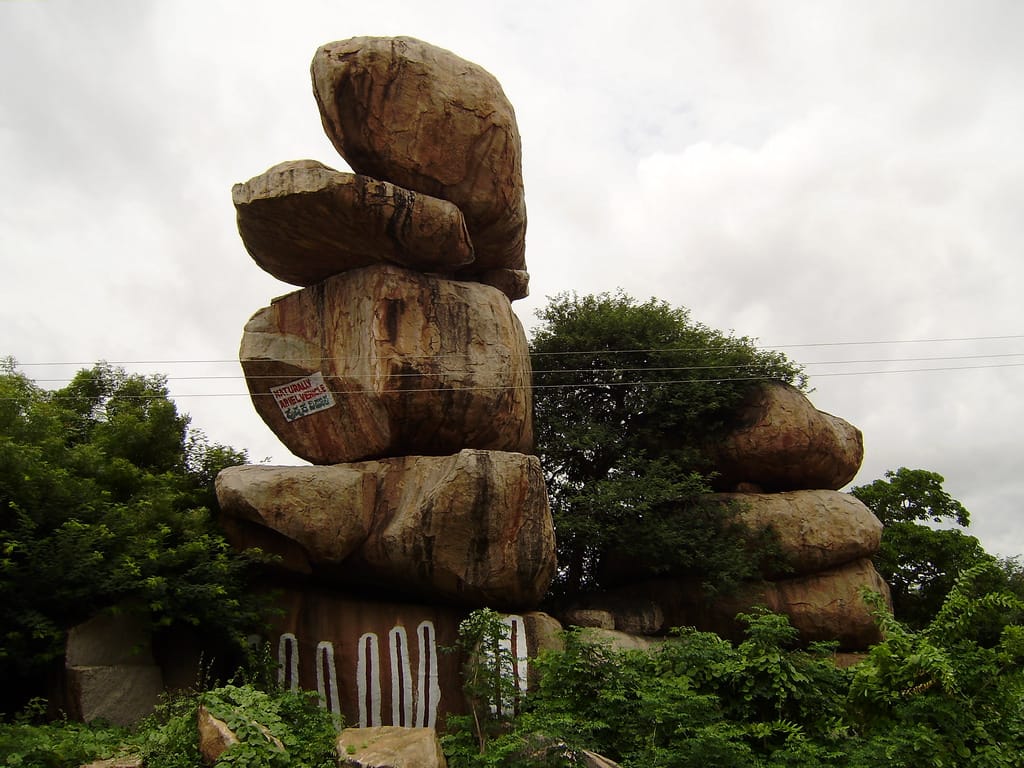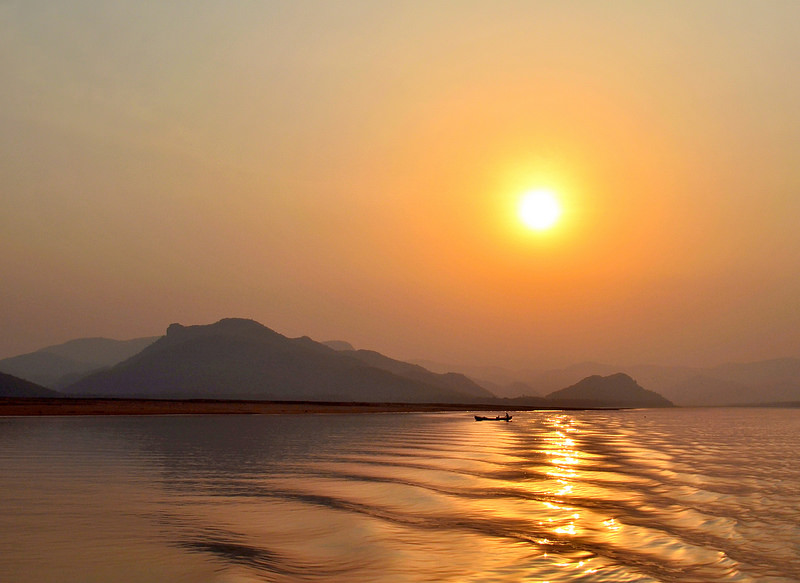Split, located on Croatia’s Dalmatian Coast, is famous for its beaches and Diocletian’s Palace, a Roman structure built in the 4th century. The palace, once home to thousands, includes over 200 buildings within its walls, featuring a cathedral, shops, cafes, and homes. The modern seafront promenade, Riva, is lined with palm trees and restaurants. The central square, Narodni Trg, has a clock tower and is a popular gathering spot. Split’s main beach is Bačvice, a sandy area, with other smaller pebbly beaches like Ovčice. The Split Archaeological Museum showcases artifacts from different historical periods, and the Gallery of Fine Arts displays Croatian artworks. Marjan Hill, at the tip of the peninsula, offers walking paths and churches.
Split – Places to visit in Split
Hvar

Hvar is a Croatian island in the Adriatic Sea, famous as a summer resort. The port town of Hvar features 13th-century walls, a hilltop fortress, and the Renaissance-era Hvar Cathedral at its main square. The island is known for beautiful beaches like Dubovica and inland lavender fields. Visitors can take boat tours to the nearby Pakleni Islands, known for their hidden beaches and coves, perfect for a peaceful getaway.
Brač
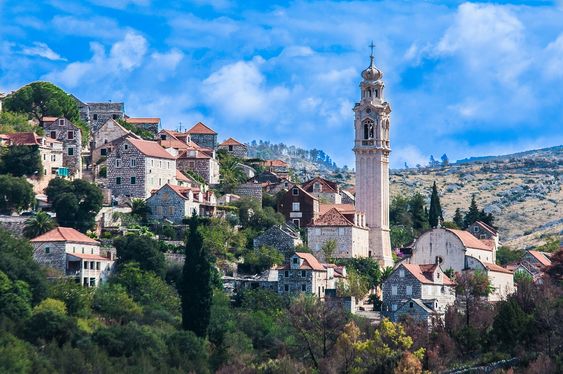
Brač is a Croatian island in the Adriatic Sea, known for the famous Zlatni Rat beach, a white-pebble beach popular for windsurfing, located near the town of Bol. The island’s main town, Supetar, has a beach in the shape of a horseshoe and regular ferries to Split. Pučišća, a coastal town on Brač, is known for its traditional architecture and active quarry that supplies the famous white limestone used in many historical buildings.
Diocletian’s Palace

Diocletian’s Palace is an ancient Roman palace built for Emperor Diocletian in the 4th century, and today it forms half of Split’s old town. The massive palace, which resembles a fortress more than a residence, originally housed Diocletian’s personal quarters and a military garrison. The palace is now part of Split’s historic core and is a UNESCO World Heritage Site, attracting visitors to explore its ancient ruins and preserved buildings.
Marjan
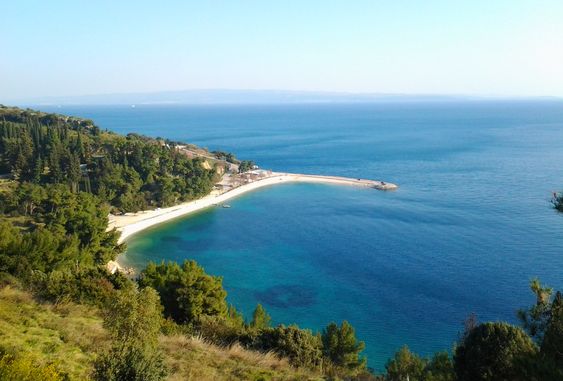
Marjan is a hill located on the peninsula in Split, Croatia. It is covered with a dense Mediterranean pine forest and offers stunning views of the city and sea. The hill is home to various outdoor activities like jogging trails, tennis courts, beaches, and the Split Zoo. Marjan is a peaceful natural escape within the city, making it a favorite spot for both locals and tourists looking to enjoy the outdoors.
Ivan Meštrović Gallery
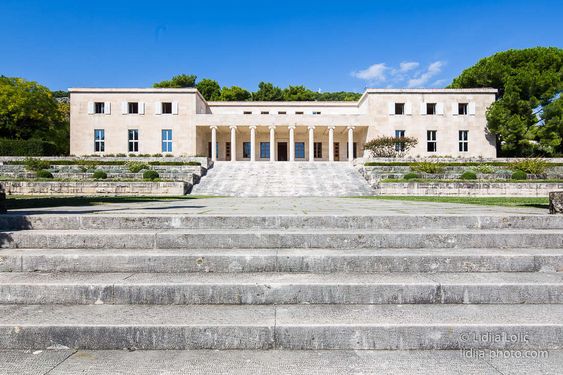
The Ivan Meštrović Gallery in Split is dedicated to the work of the famous 20th-century Croatian sculptor Ivan Meštrović. The gallery displays a collection of sculptures, drawings, and designs, including original plaster models and finished works in materials like bronze, marble, and wood. It is one of the most important art museums in Split, showcasing the legacy of Meštrović’s influential artistic contributions.
Meštrovićeve Crikvine-Kaštilac

Meštrovićeve Crikvine-Kaštilac is a Renaissance-style summerhouse that belonged to the Capogrosso family, located near the Ivan Meštrović Gallery. The site includes a church, where Meštrović created a wooden Crucifix and 28 reliefs depicting the life of Christ. This historical and artistic complex represents some of the finest works by Croatian sculptors and remains an important cultural landmark.
Froggyland
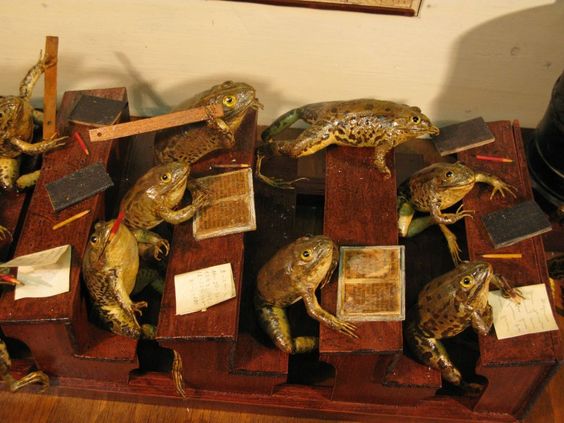
Froggyland in Split is a quirky museum showcasing 507 taxidermied frogs, arranged in 21 exhibits. The frogs, preserved using a complex technique, are displayed in lifelike scenes. The unique collection is presented without visible incisions, making the exhibits remarkably detailed and intriguing. The museum is a fun and unusual stop for visitors looking to explore an offbeat attraction in Split.
Golden Gate
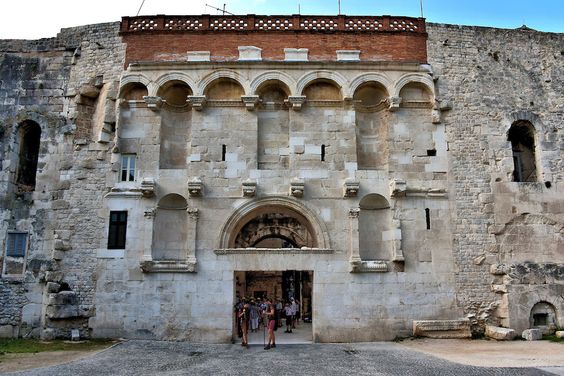
The Golden Gate is one of the main Roman gates of Diocletian’s Palace in Split. It was originally the emperor’s entrance to the palace, leading to the road towards Salona, the ancient capital of Roman Dalmatia. The gate is a beautifully decorated triumphal arch, featuring images of Zadar’s patron saint, Chrysogonus. This historic landmark offers a glimpse into the grandeur of ancient Roman architecture.
Kozjak
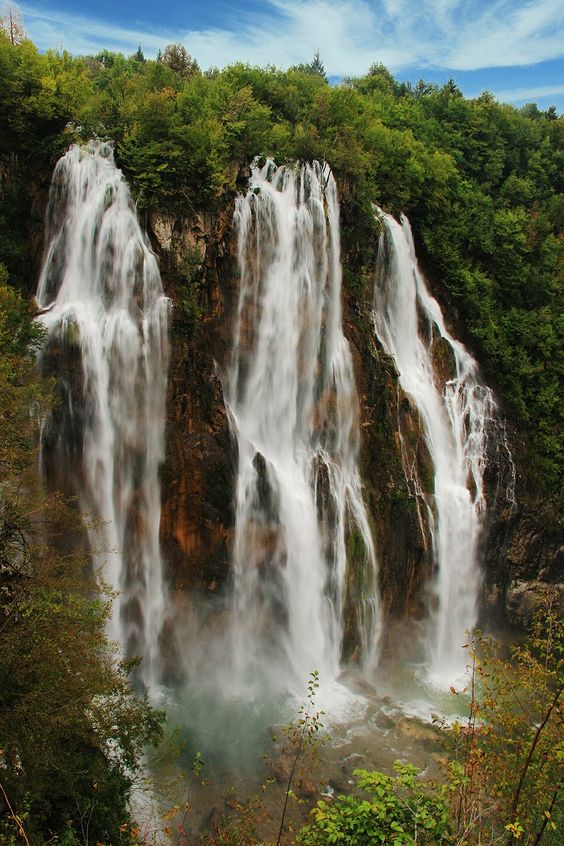
Kozjak is a mountain located above the town of Kaštela in Dalmatia. Part of the Dinaric Alps, it stretches from the Klis pass to the area above Split Airport. The highest peak, Veli vrj, offers scenic views of the surrounding region. The mountain is known for its steep southern slopes and its limestone rocks, creating dramatic landscapes that attract hikers and nature lovers.
Trg Peristil
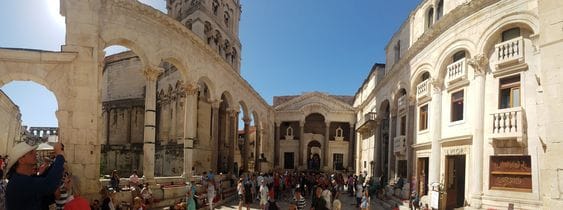
Trg Peristil, or the Peristyle, is the central square of Diocletian’s Palace in Split. It was designed as a grand space to honor Emperor Diocletian, with red granite columns that highlight its ceremonial role. The Peristyle is known for its unique acoustics, making it an ideal venue for opera performances and classical music. Today, it is a lively gathering spot where urban life continues to blend with its historical roots.
Best time to visit Split
The best time to visit Split is from September to October. During these months, the weather is still warm, but the summer crowds start to thin out. It’s perfect for enjoying the city’s beautiful beaches and historical sites without the peak season rush. Additionally, the prices for accommodations and activities tend to be lower than in the summer. The pleasant climate and relaxed atmosphere make it an ideal time to explore Split.
